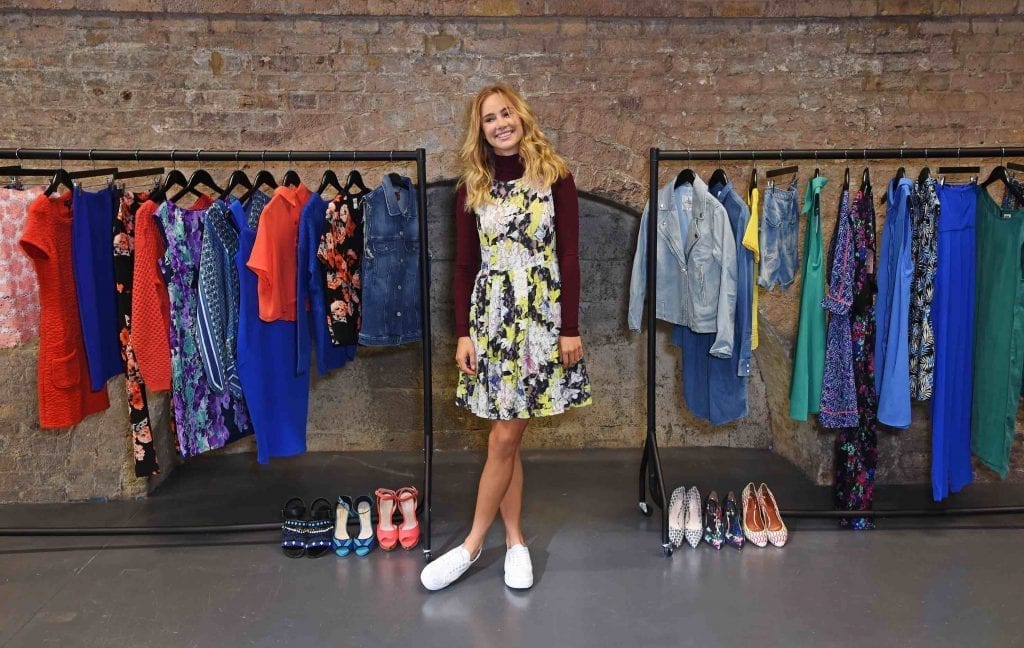
The impact of climate change, plastic pollution and poor working conditions are subjects that are frequently covered by news outlets across the world. The airing of David Attenborough’s Blue Planet series on the BBC brought widespread attention to our need to reduce the amount of waste we throw away, whilst climate activists are increasingly making headlines in their quest to change public opinion.
A large majority of consumers are continuing to choose to overlook the social and environmental costs of fast fashion, but these factors have affected the way a growing number of people look at fashion. This has seen many consumers looking to move away from “fast fashion” to more sustainable options. These options have included clothing that is more durable, products that are produced in more ethical ways, and even renting products rather than buying.
Asia Dominates the Fashion Industry
Whilst many of the world’s most famous fashion houses are based in European capitals like London, Milan, and Paris, the bulk of the work in the fashion industry is undertaken in Asia. Of the top 10 producers of cotton, Asian countries take 6 places, growing approximately 70% of the world’s cotton. In addition, the majority of the worlds garment manufacturing takes place in Asia, with countries including Bangladesh, Vietnam and China producing significant amounts of apparel each year.
The move towards sustainable fashion will place pressure on these producers of cotton to look for less polluting farming methods and systems that prevent overconsumption of water.
It’s not just the manufacturing side of fashion that Asia dominates. The Asia-Pacific region makes up 37.1% of the global clothing market, generating over $3 trillion of sales each year. Estimates vary, but some sources claim that over two-thirds of the sales are generated in China alone.
Clothing For Non-Fashion Businesses
The prevalence of fast fashion is everywhere, not just within the fashion industry. As well as retailers selling fashion items as part of their main business model, many businesses also use branded clothing as part of their marketing and customer retention strategies, or to create additional revenue streams beyond their main activities. For example, PokerStars uses its Rewards Store to allow its customers to purchase PokerStars branded products with loyalty points. These products include printed t-shirts and caps, featuring the company’s branding in a bid to create a sense of belonging and community amongst its customers.
Similar approaches have been taken by YouTube vloggers such as BeatTheBush and ADVChina who have clothing stores to sell products to their fans. The huge market for these types of products has opened up opportunities for businesses dedicated to providing retail ready clothing products to brands that do not have fashion retailing as their main aim.
Recycling Services
Whilst reducing consumption is a difficult balancing act for businesses that are also looking to increase sales, recycling can help to create a closed loop of consumption. Clothing retailers are beginning to trial recycling schemes where customers can bring back old clothes to be recycled whilst they buy new ones. Some brands have even gone on to offer a discount or rebate to customers that engage in this recycling, but not all have gone this far. It is likely that more retailers will follow suit so as to not be seen falling behind in terms of sustainability.
The Rise of New Players
In western countries, sustainable fashion is being driven by smaller brands and startups. These smaller players are finding it hard to make a significant impact, and have remained a niche within the much larger fashion industry. Similar trends are likely to occur within Asia, at least for the time being as the majority of consumers seem happy to trade off improved ethics for lower prices.
In Summary
The fashion industry is slowly transitioning to keep up with the demand of consumers looking for improved ethics. However, whilst a small section of the market is looking for sustainable clothing the vast majority of consumers continue to place greater value on price than on ethics. Increases in recycling services and new, smaller players entering the market will be the main areas for the foreseeable future.

